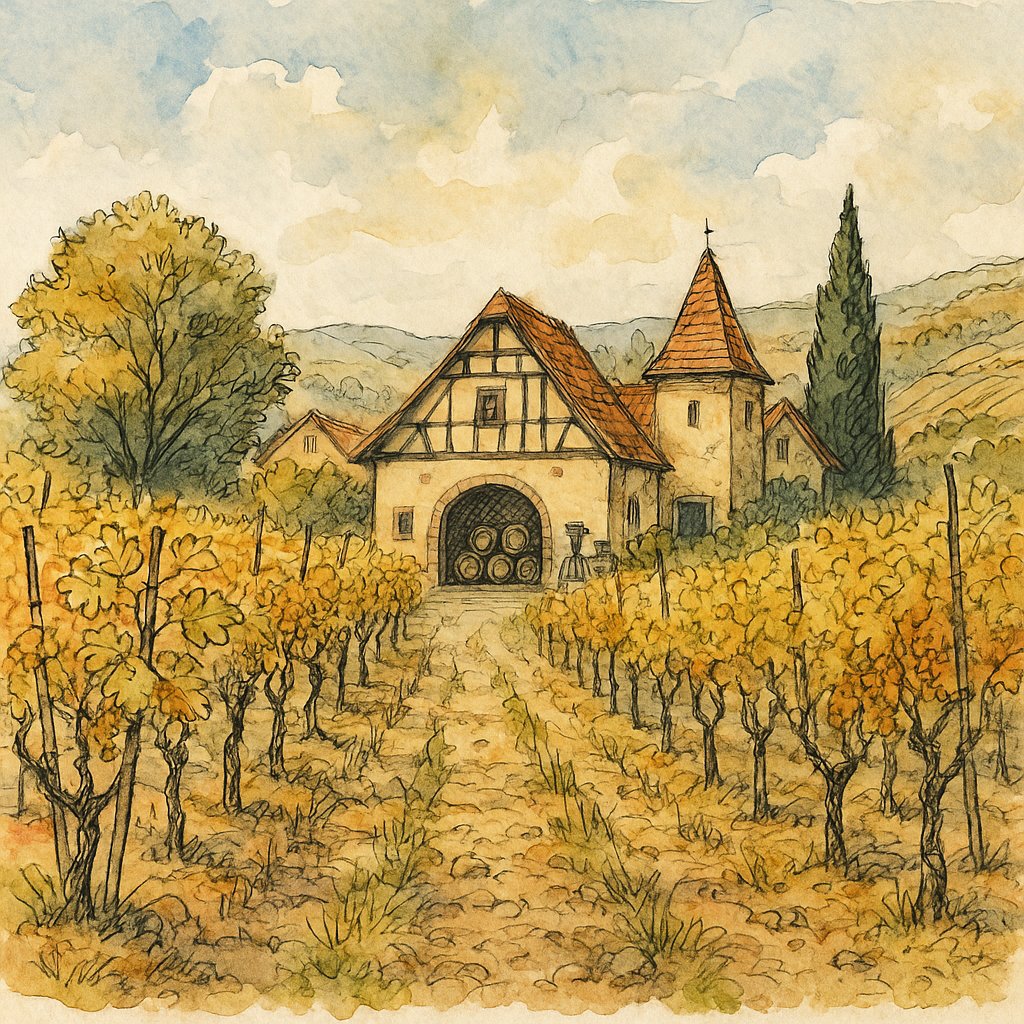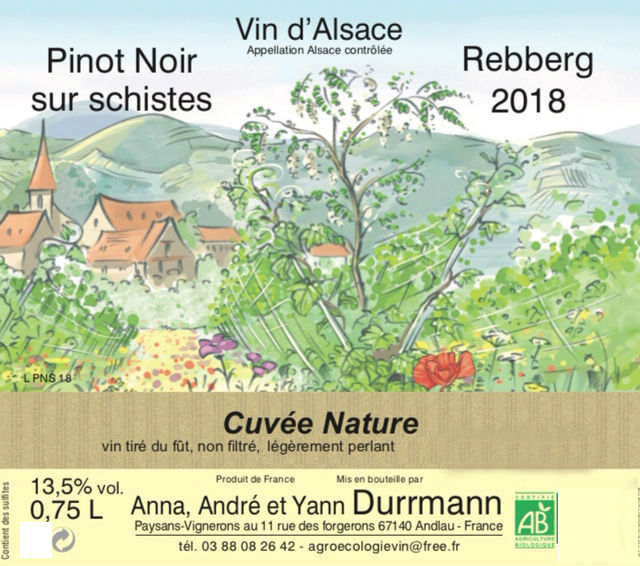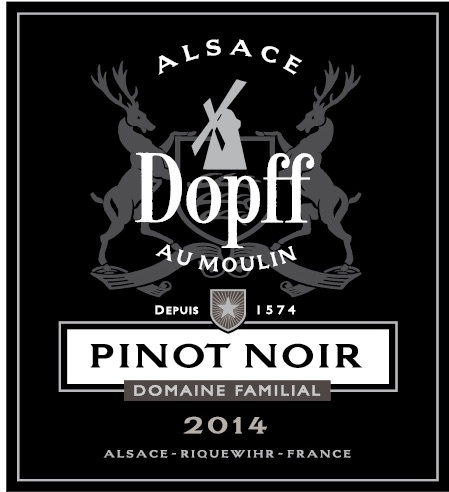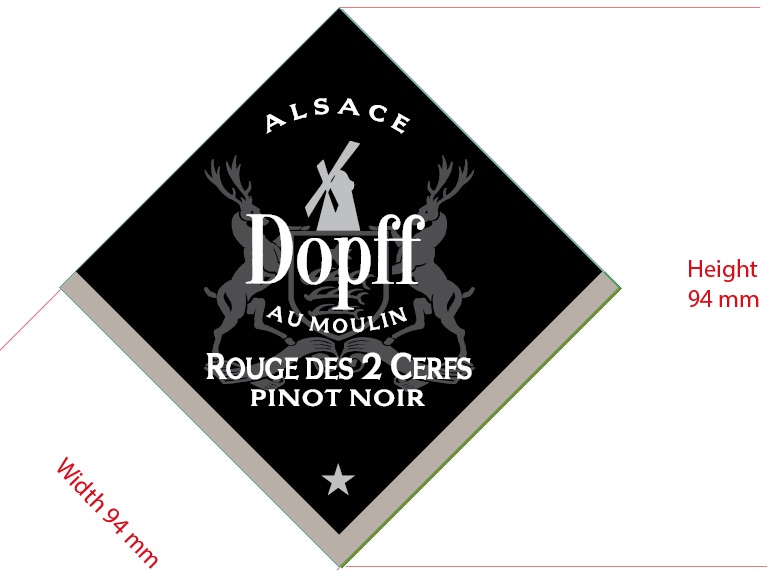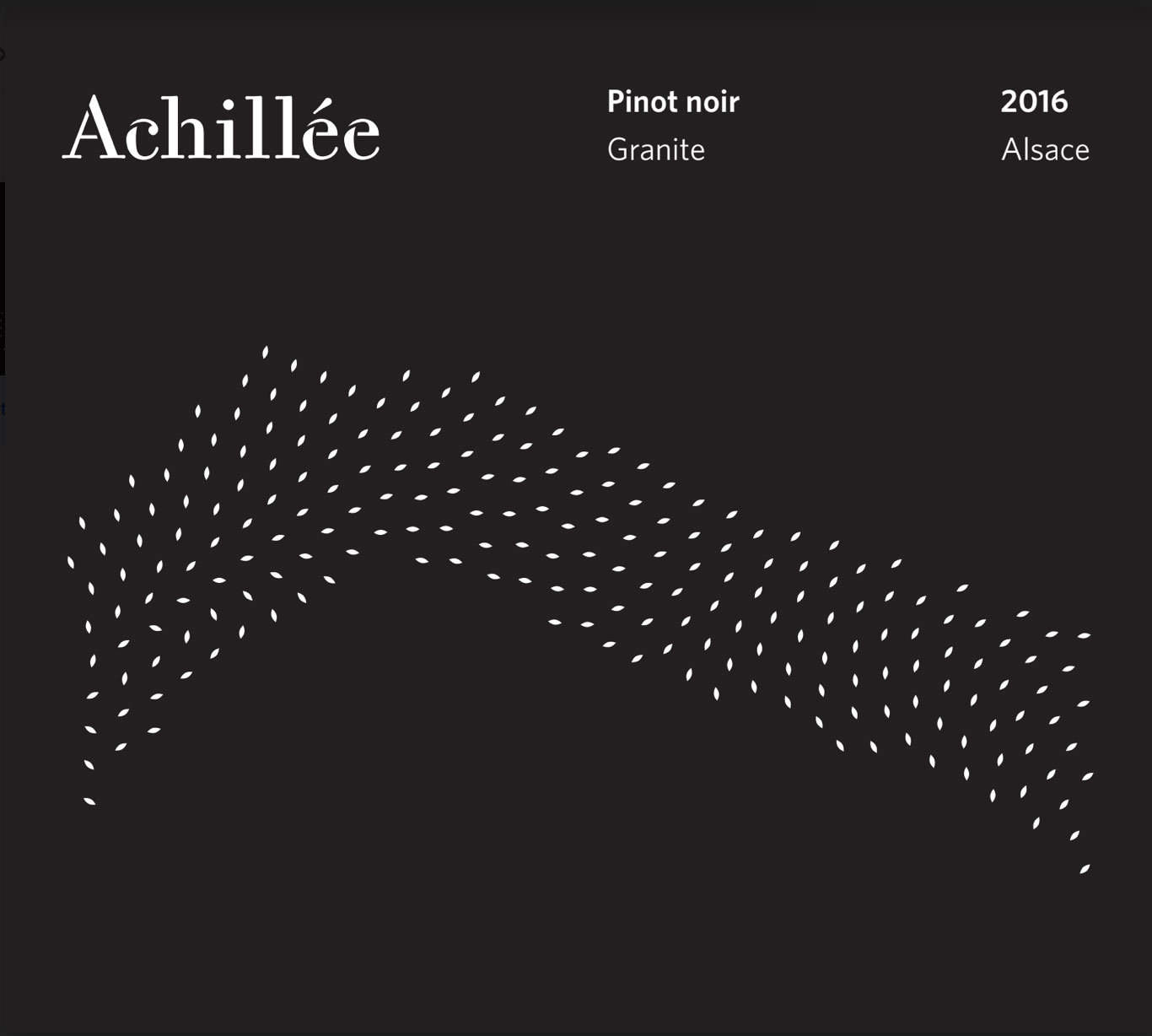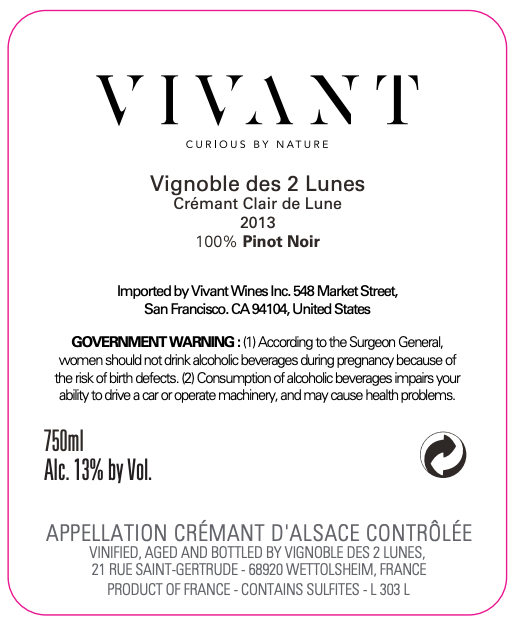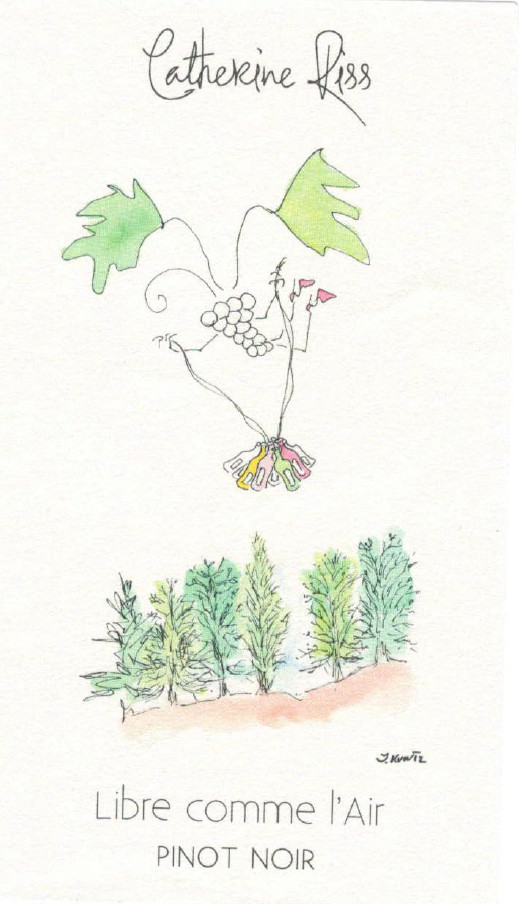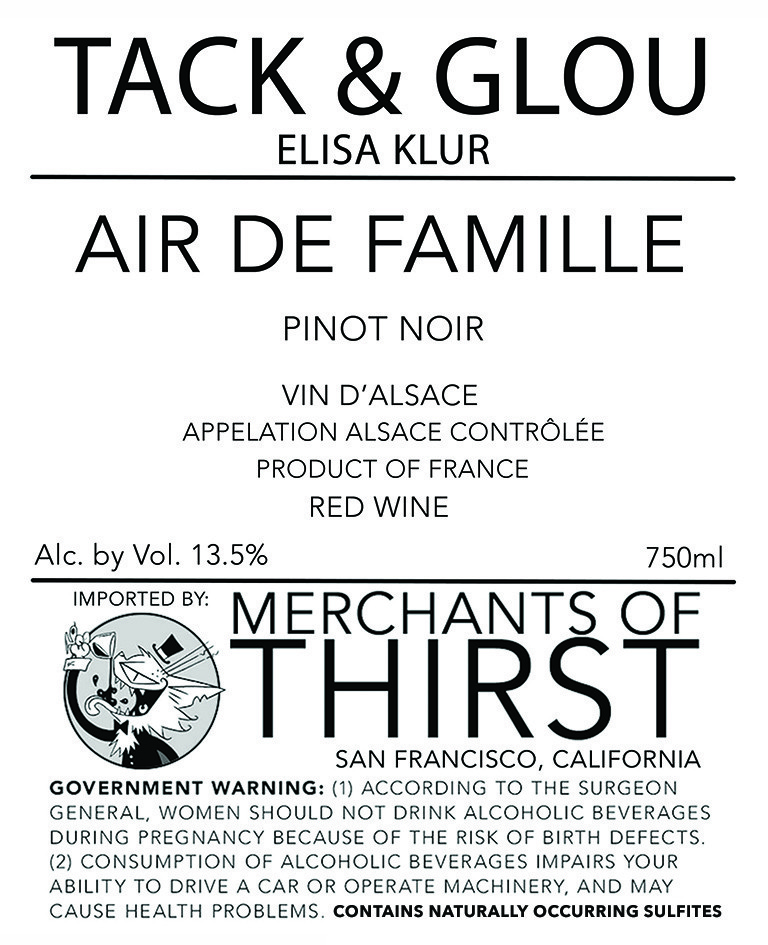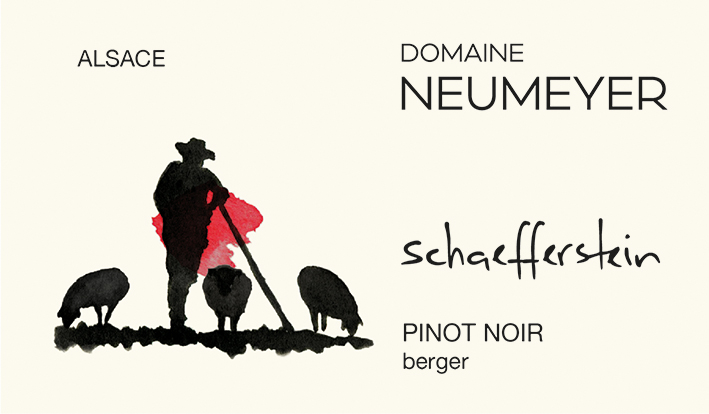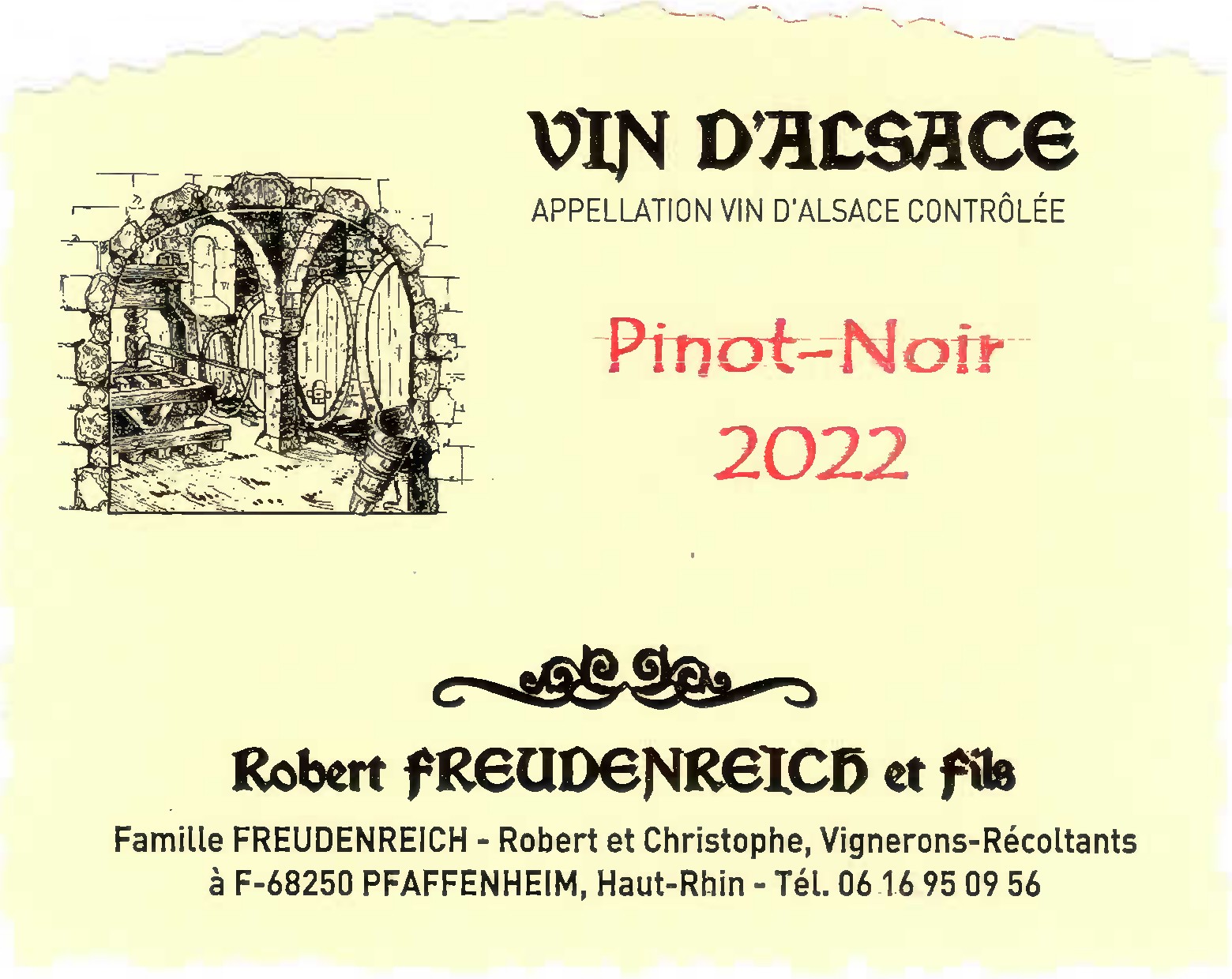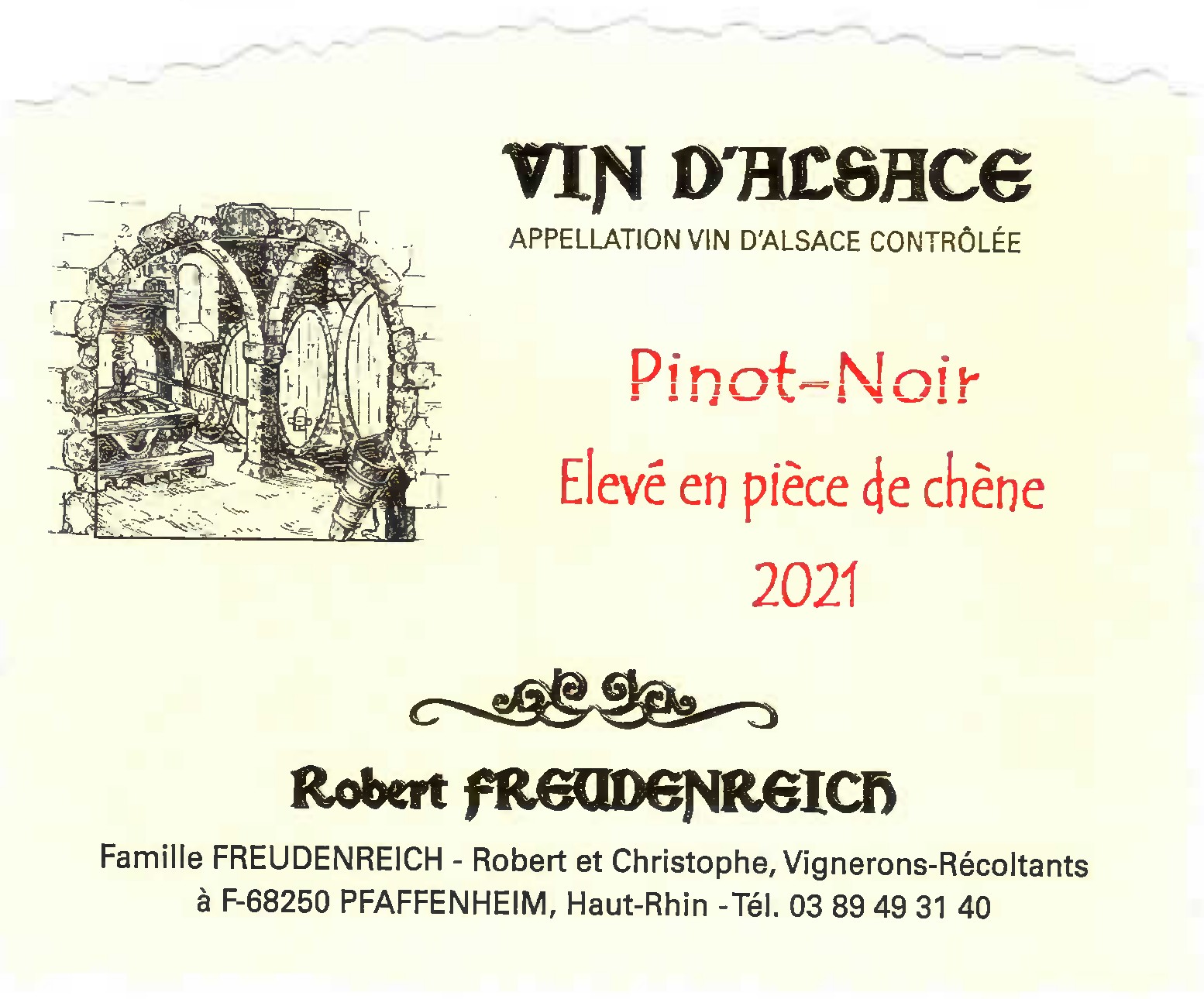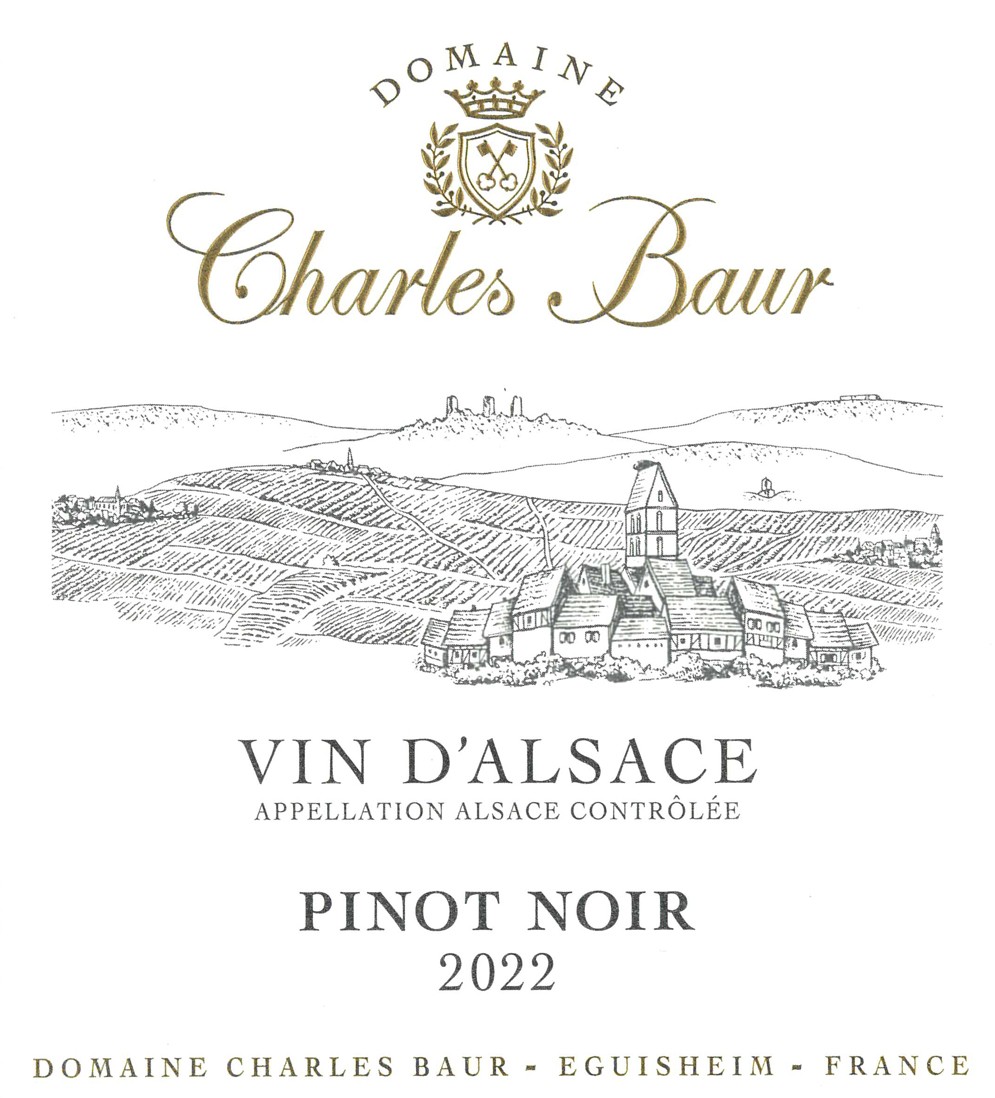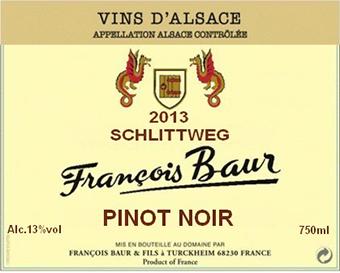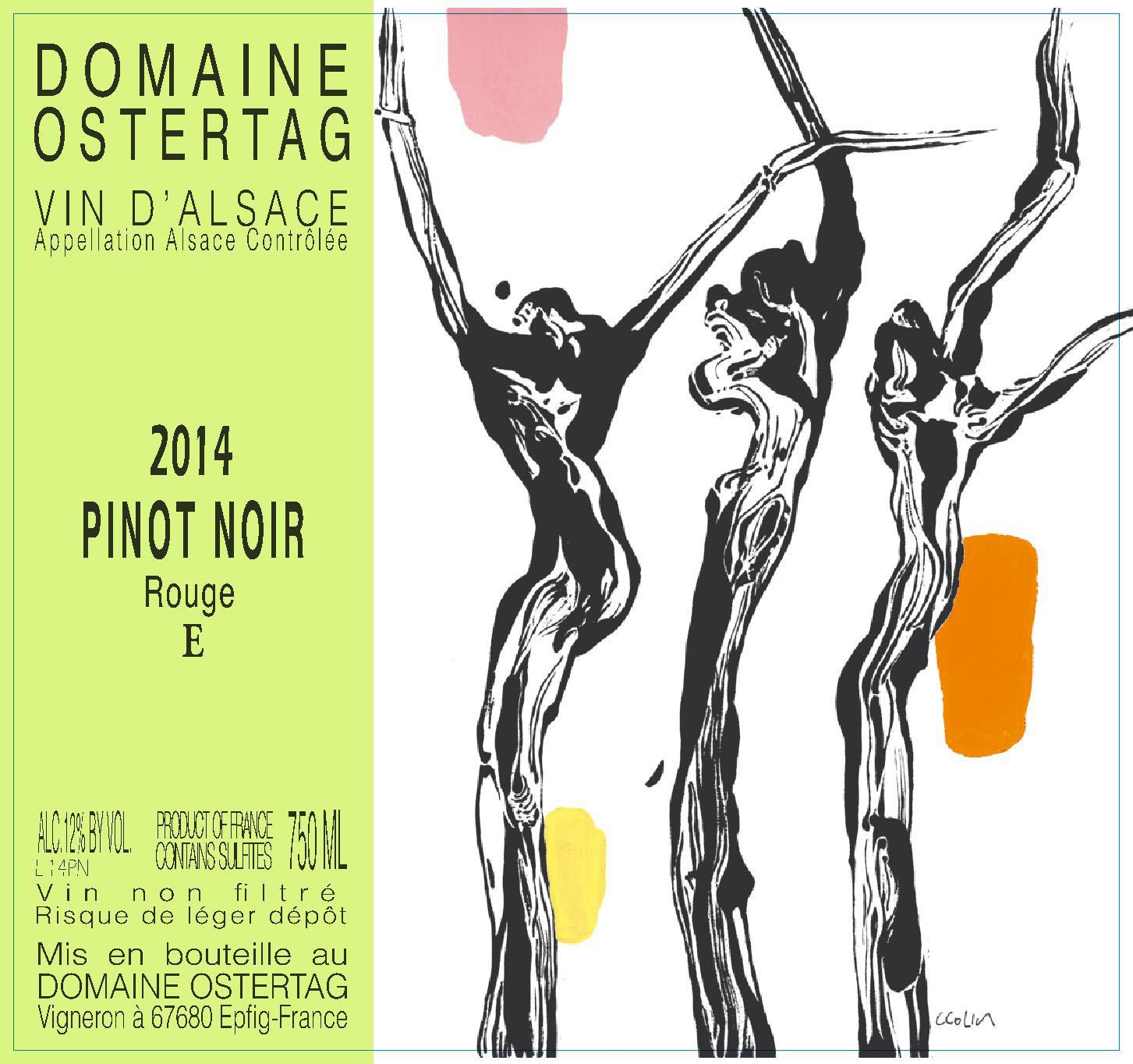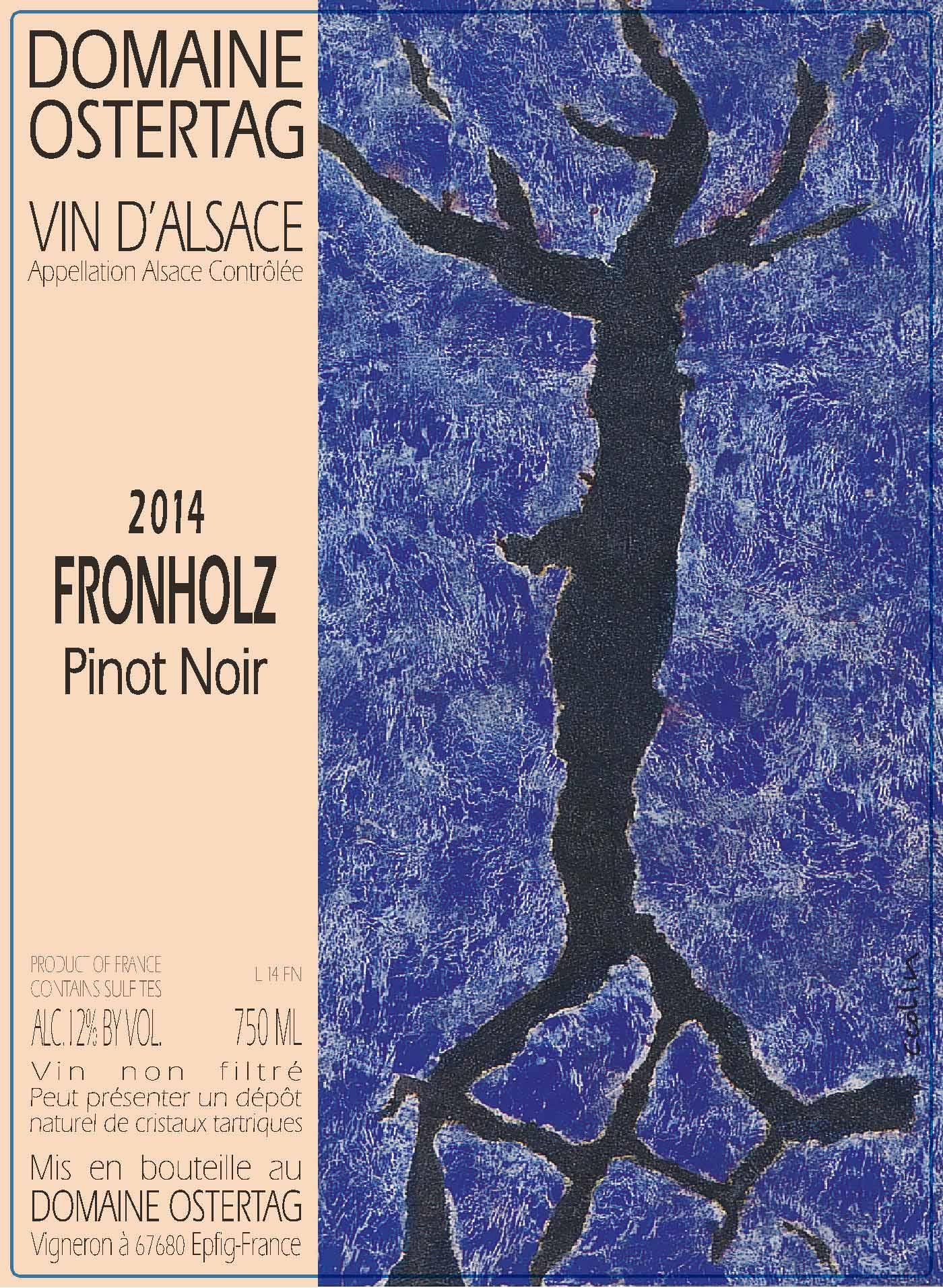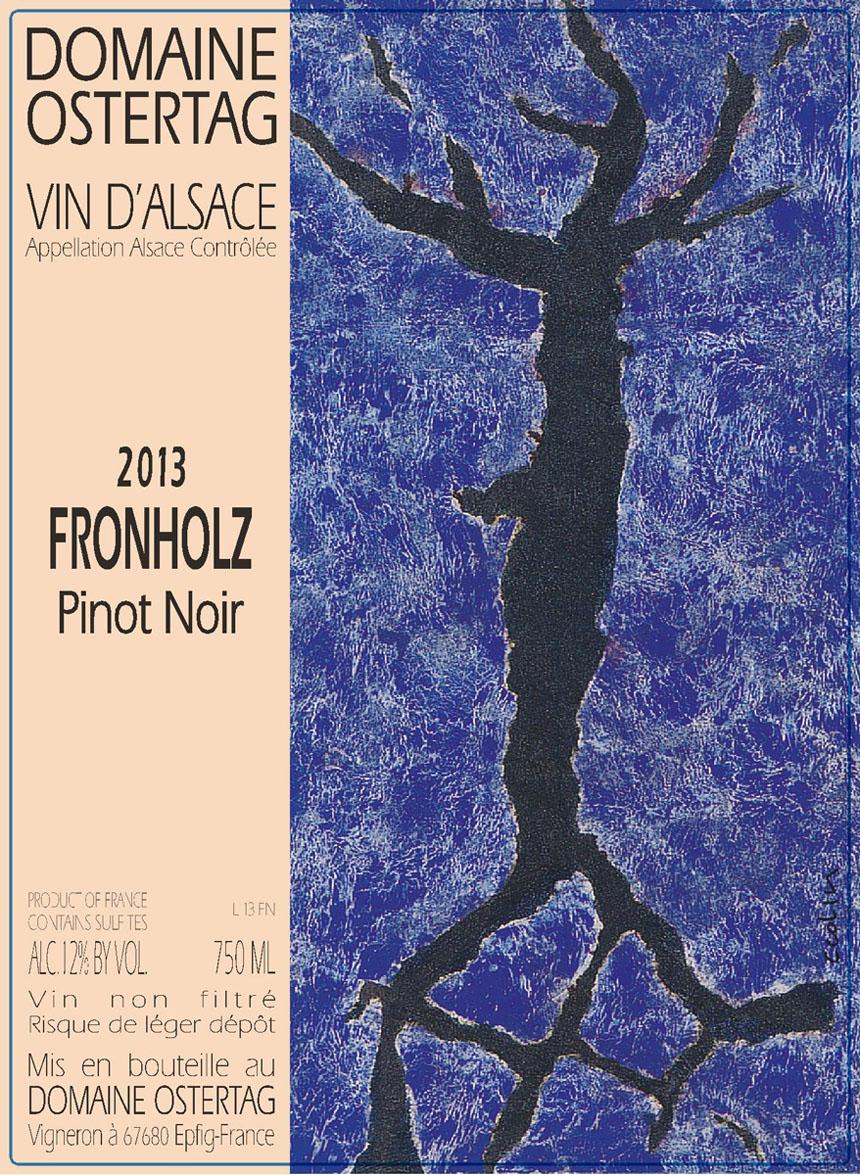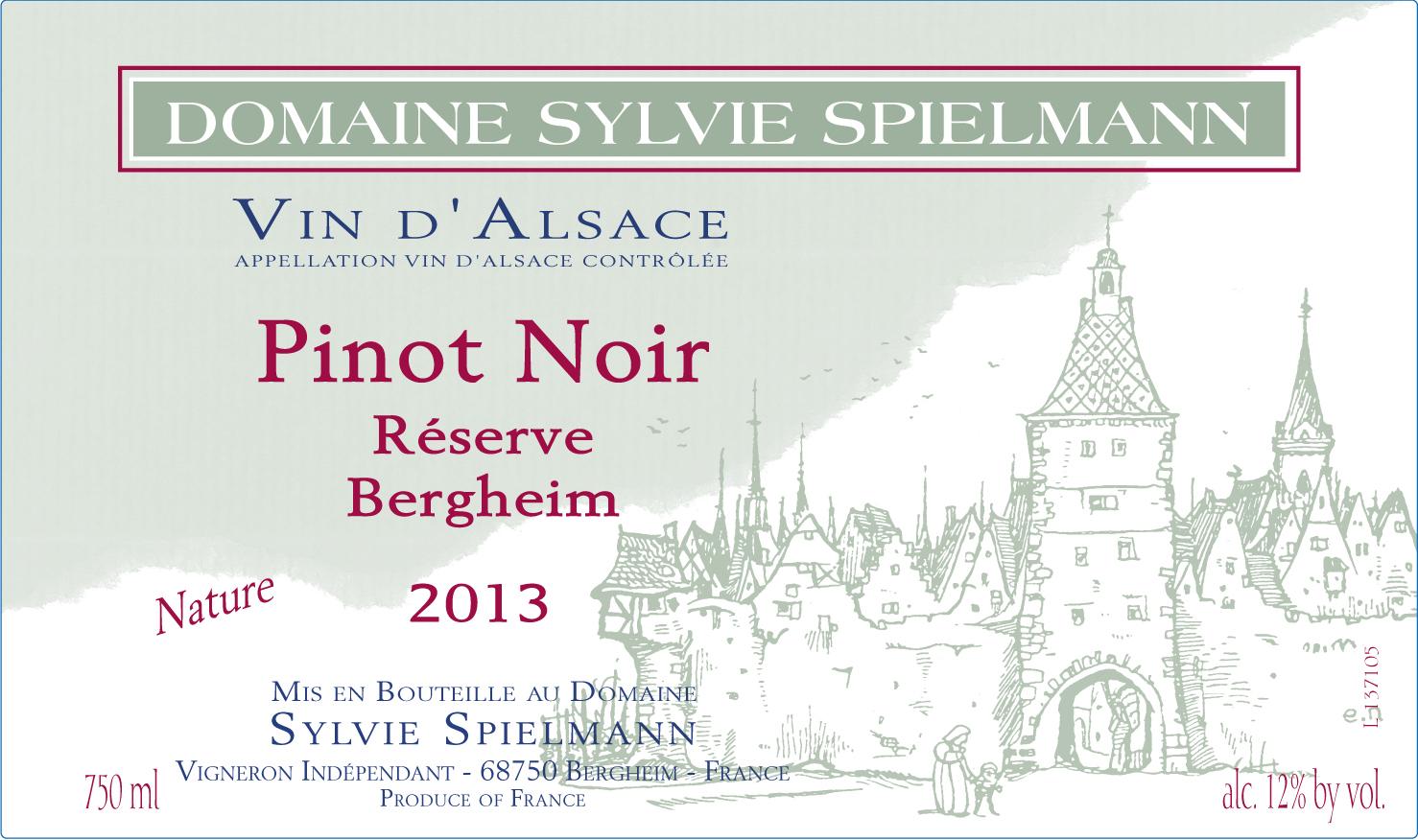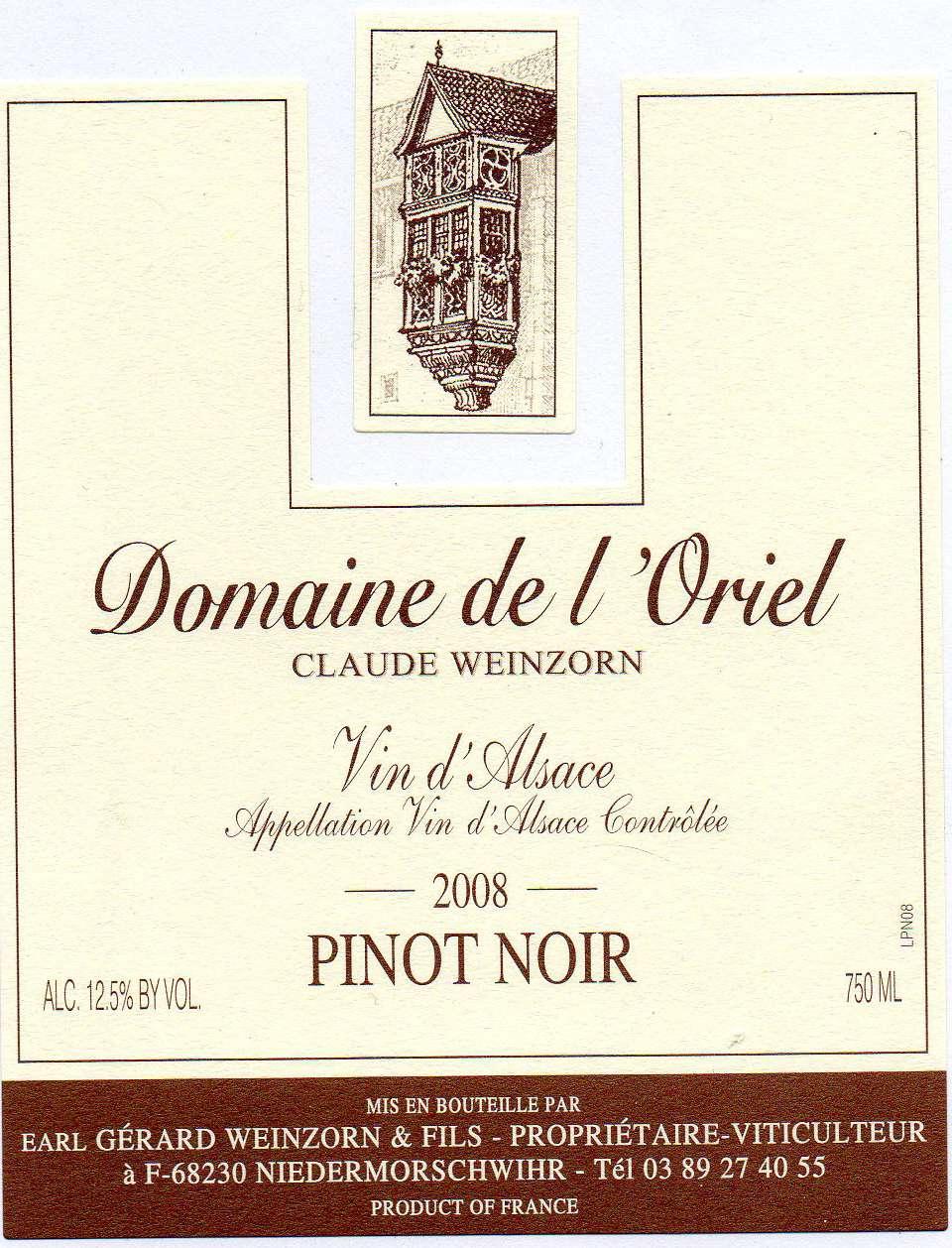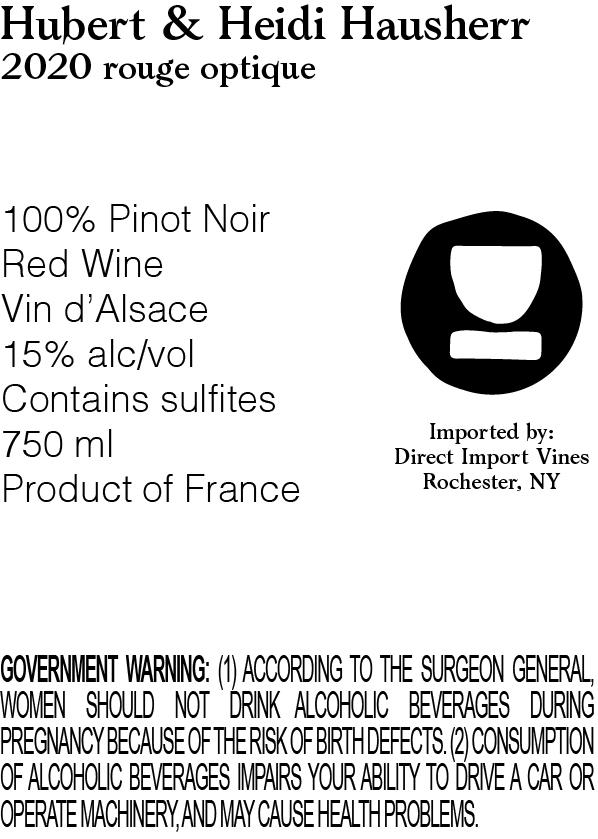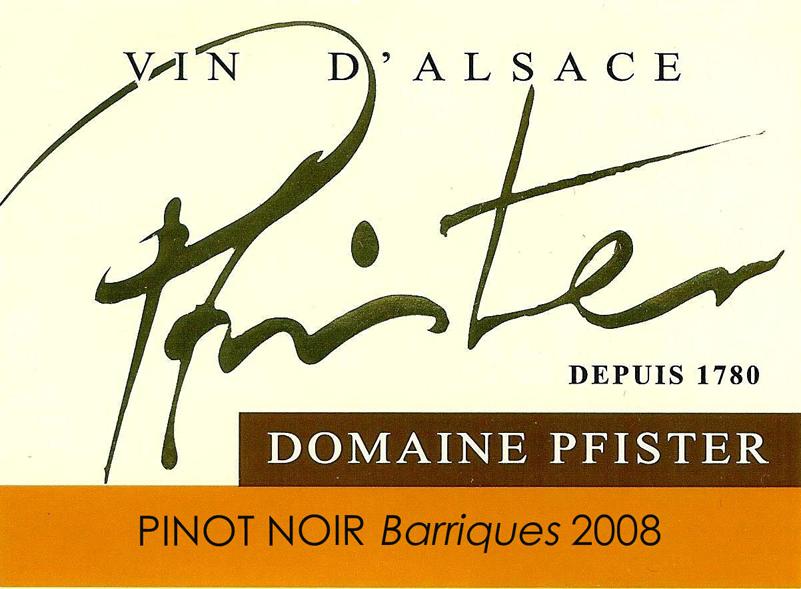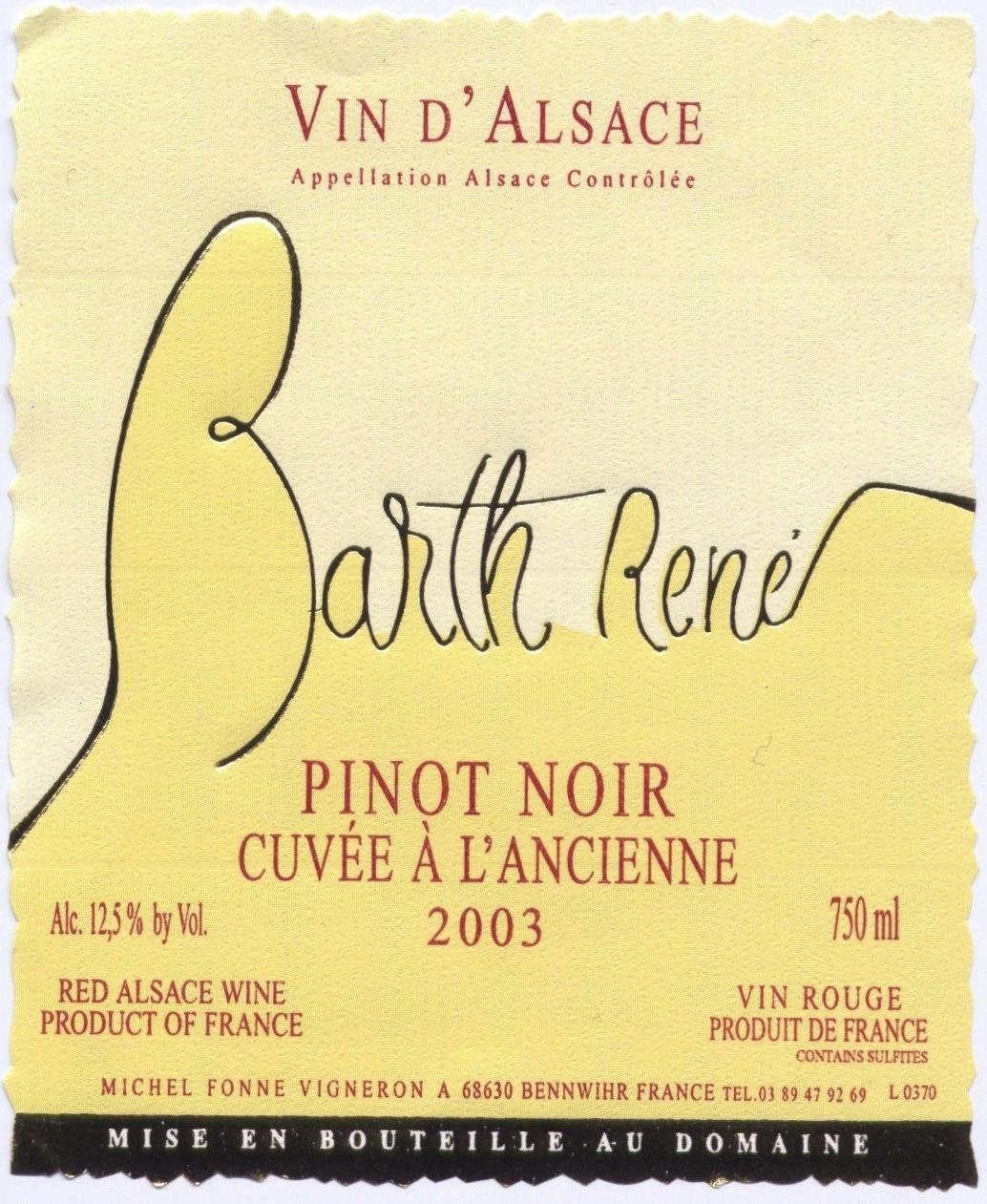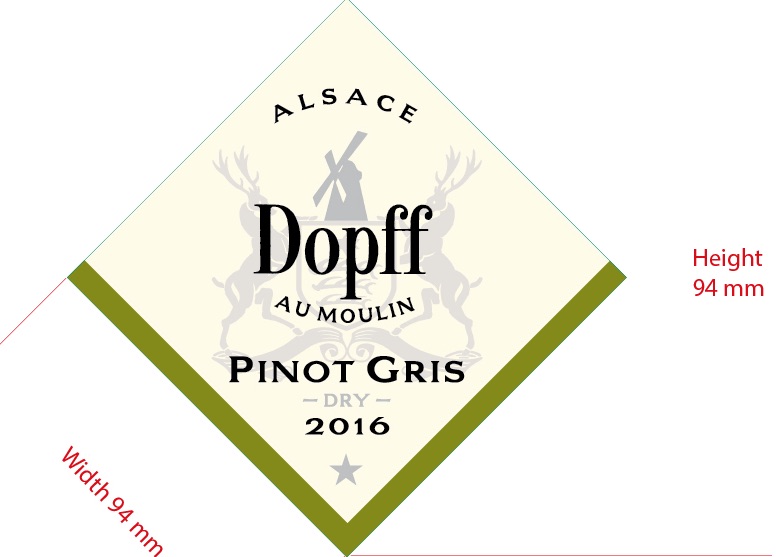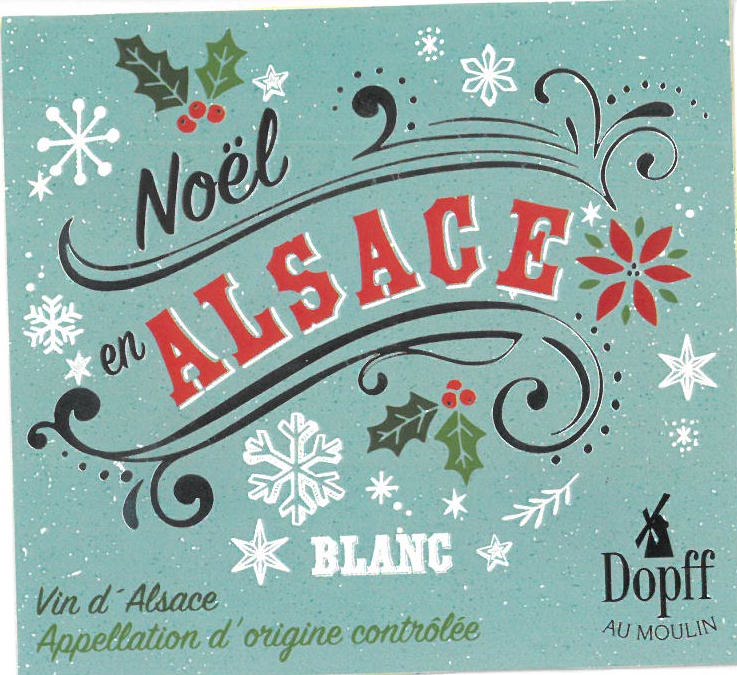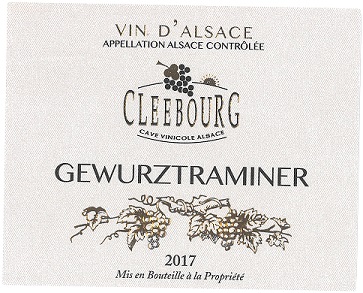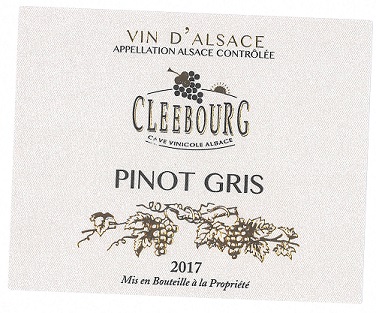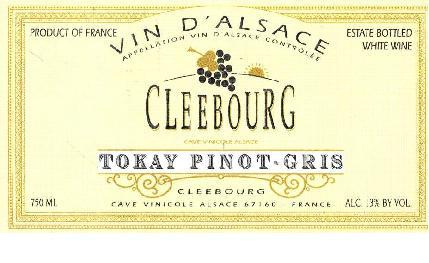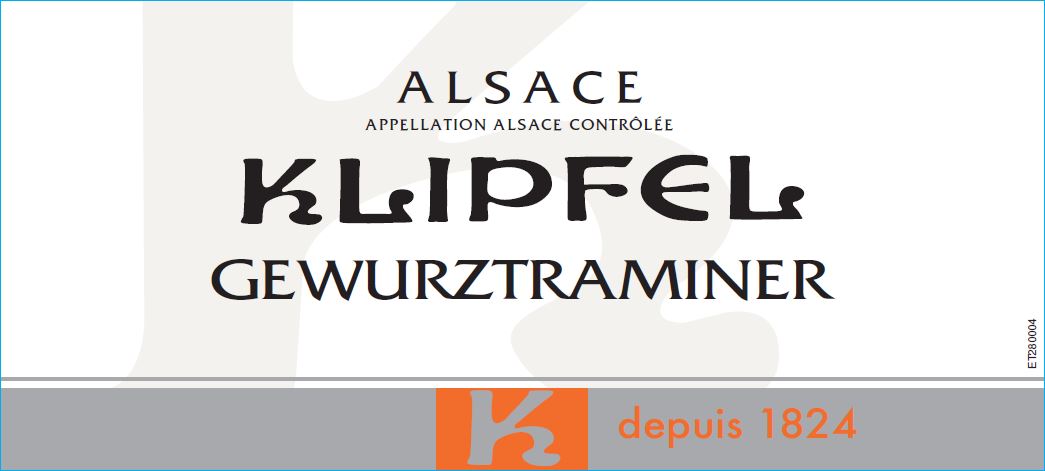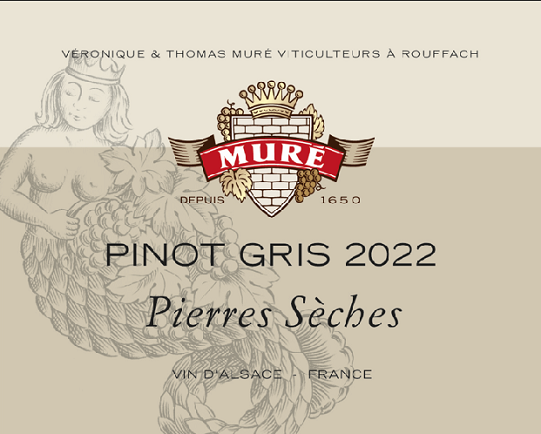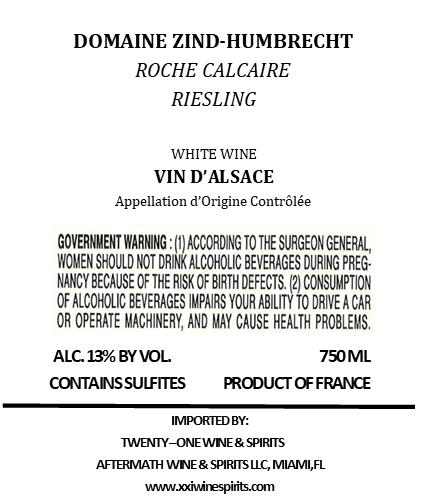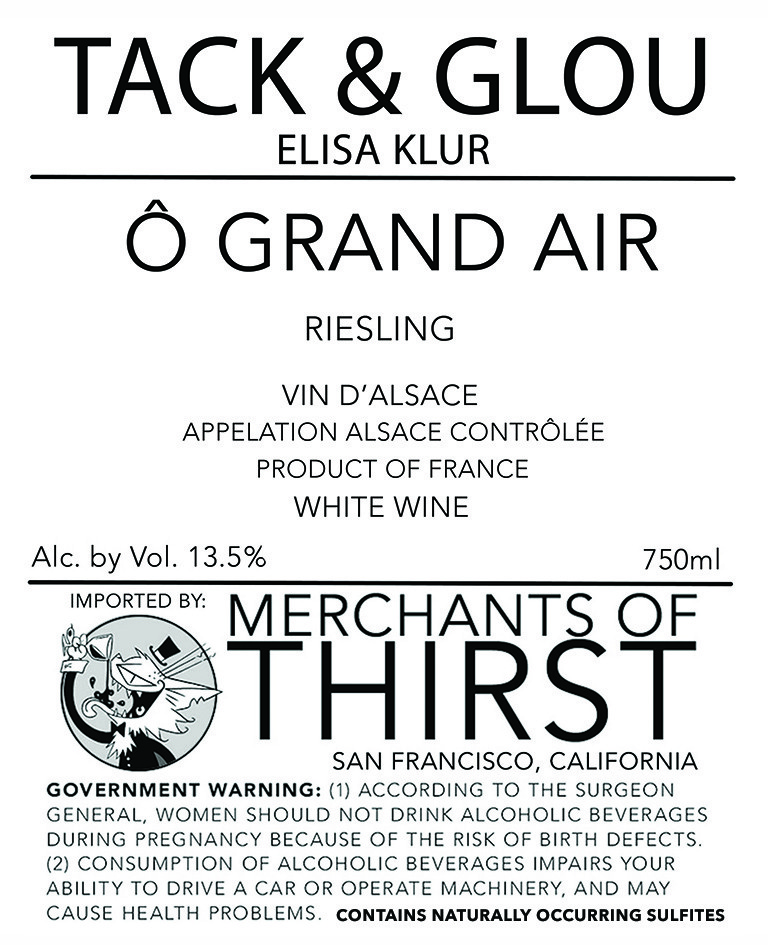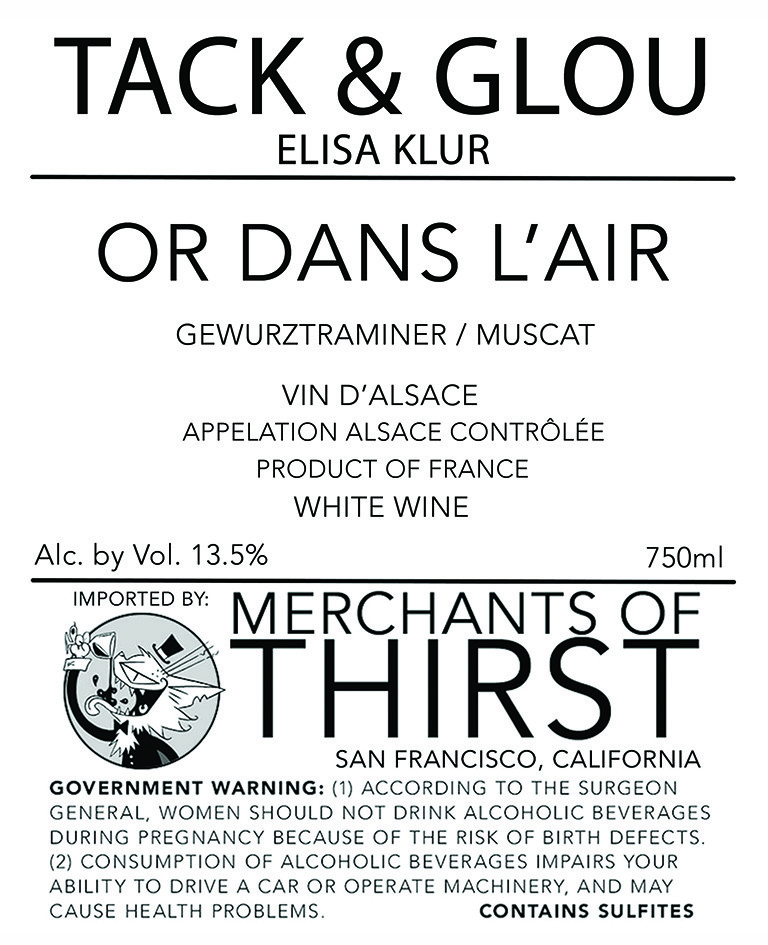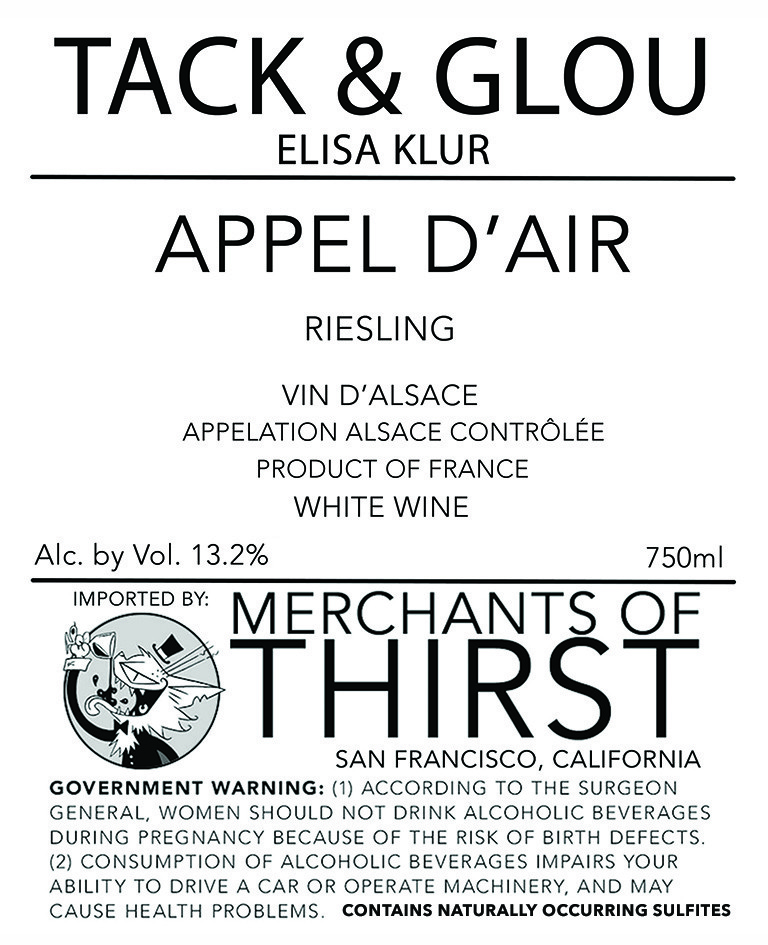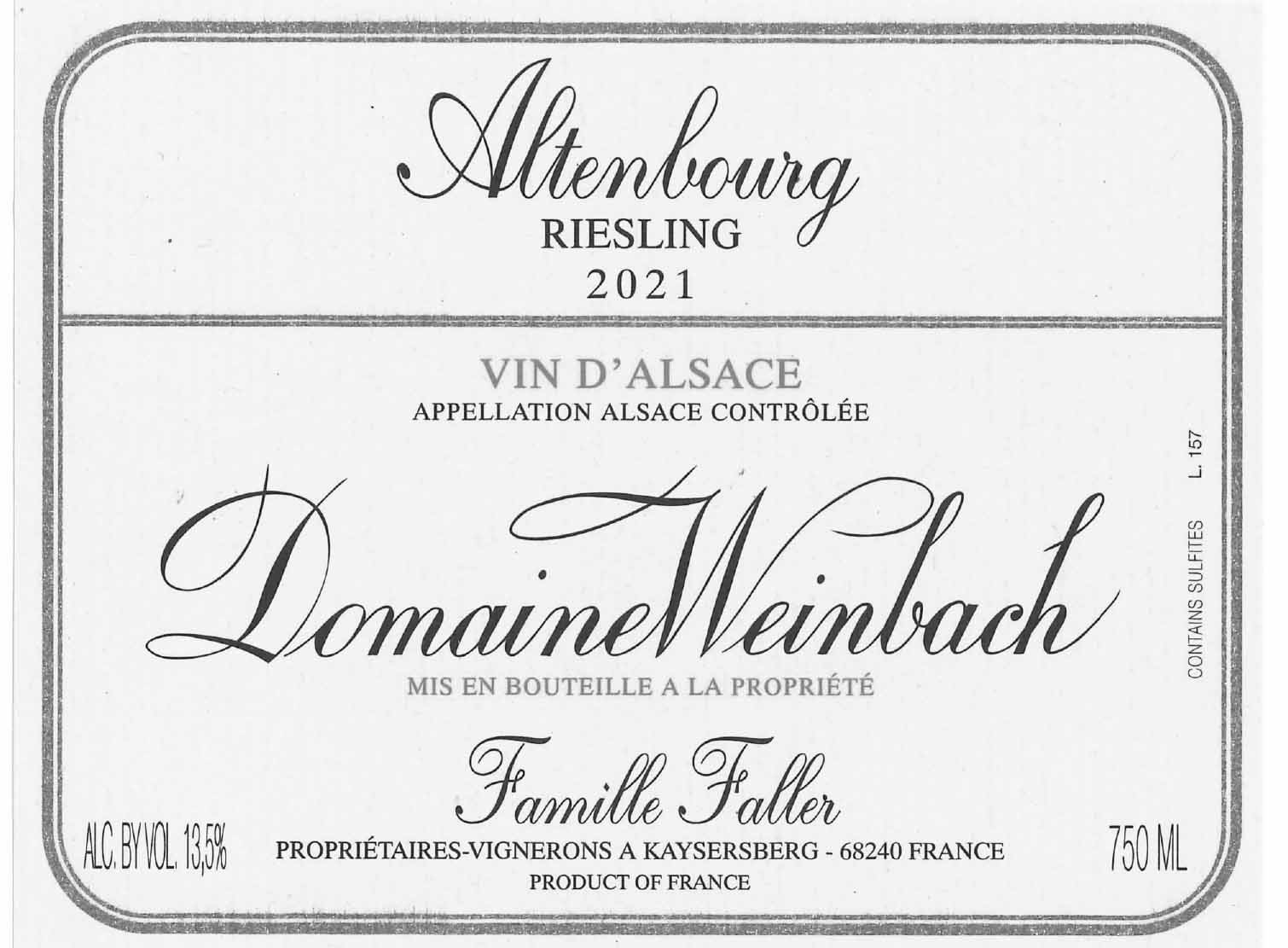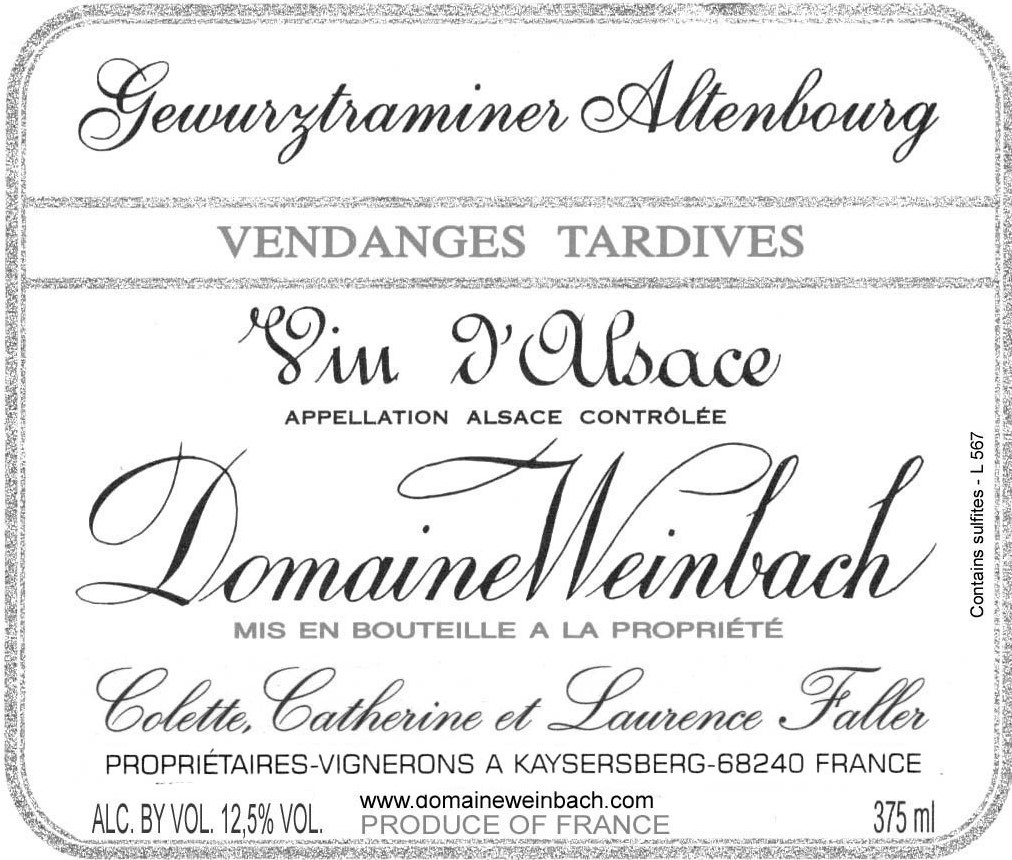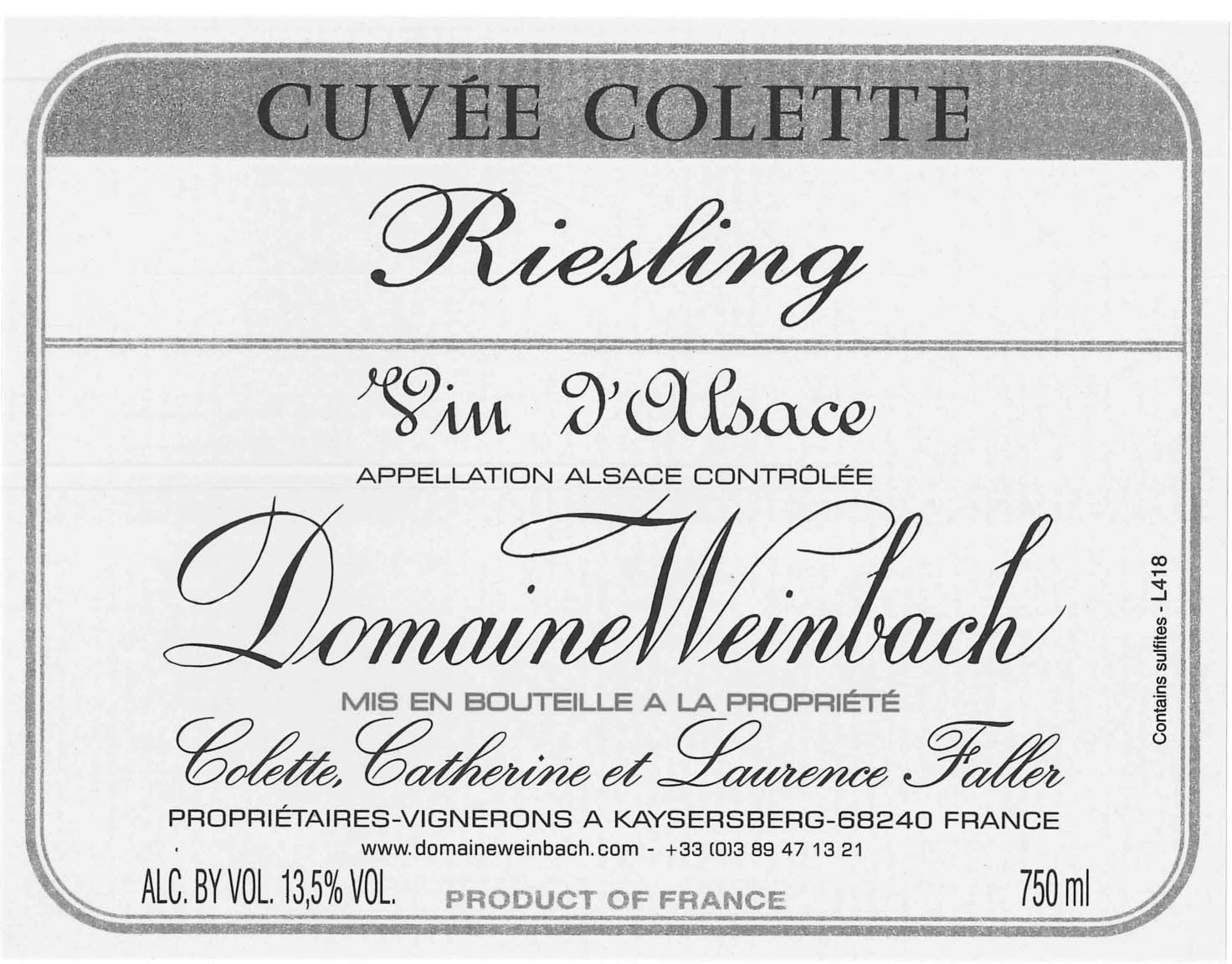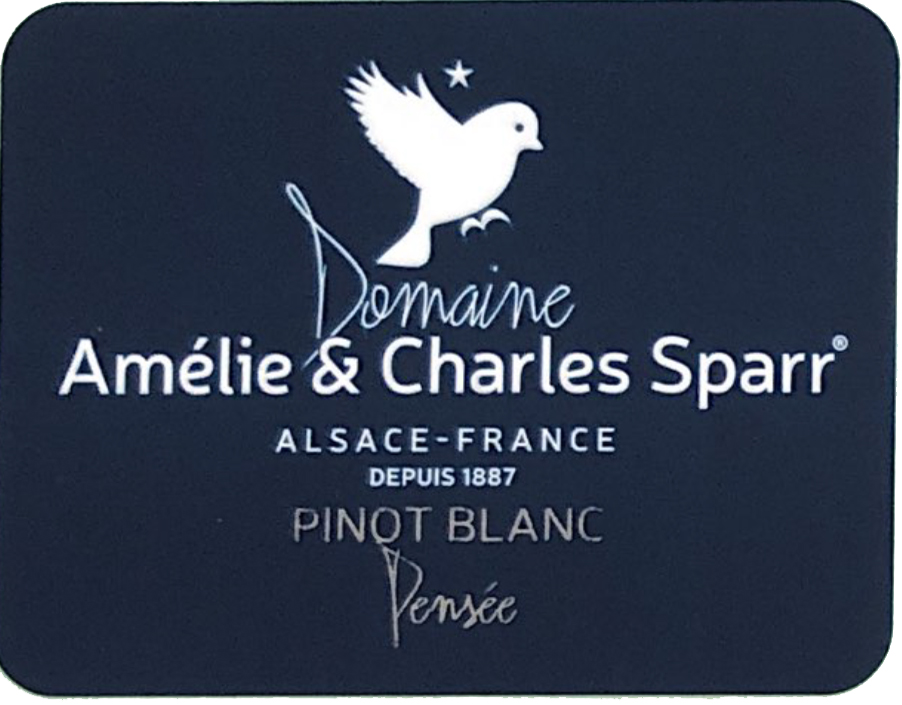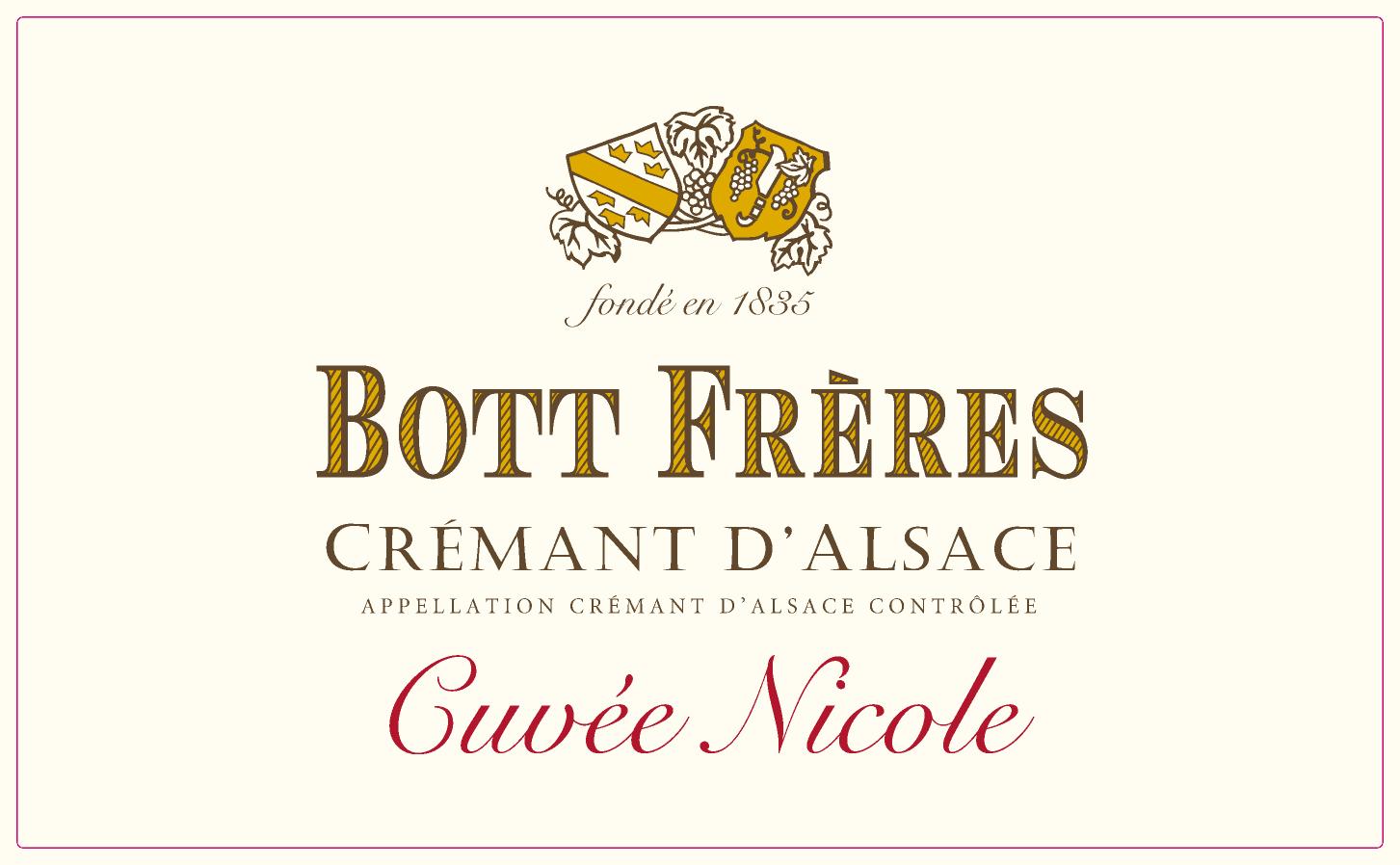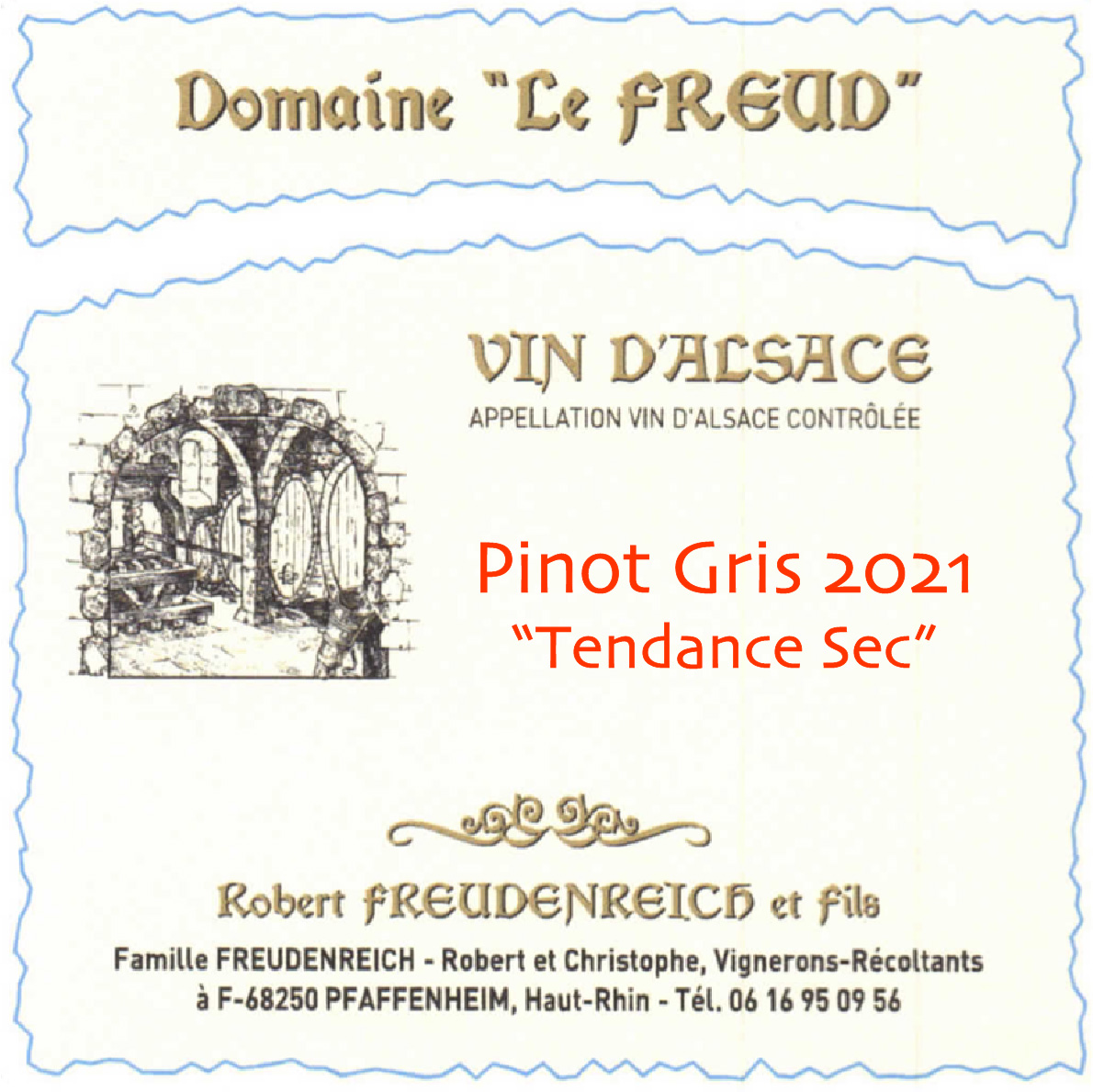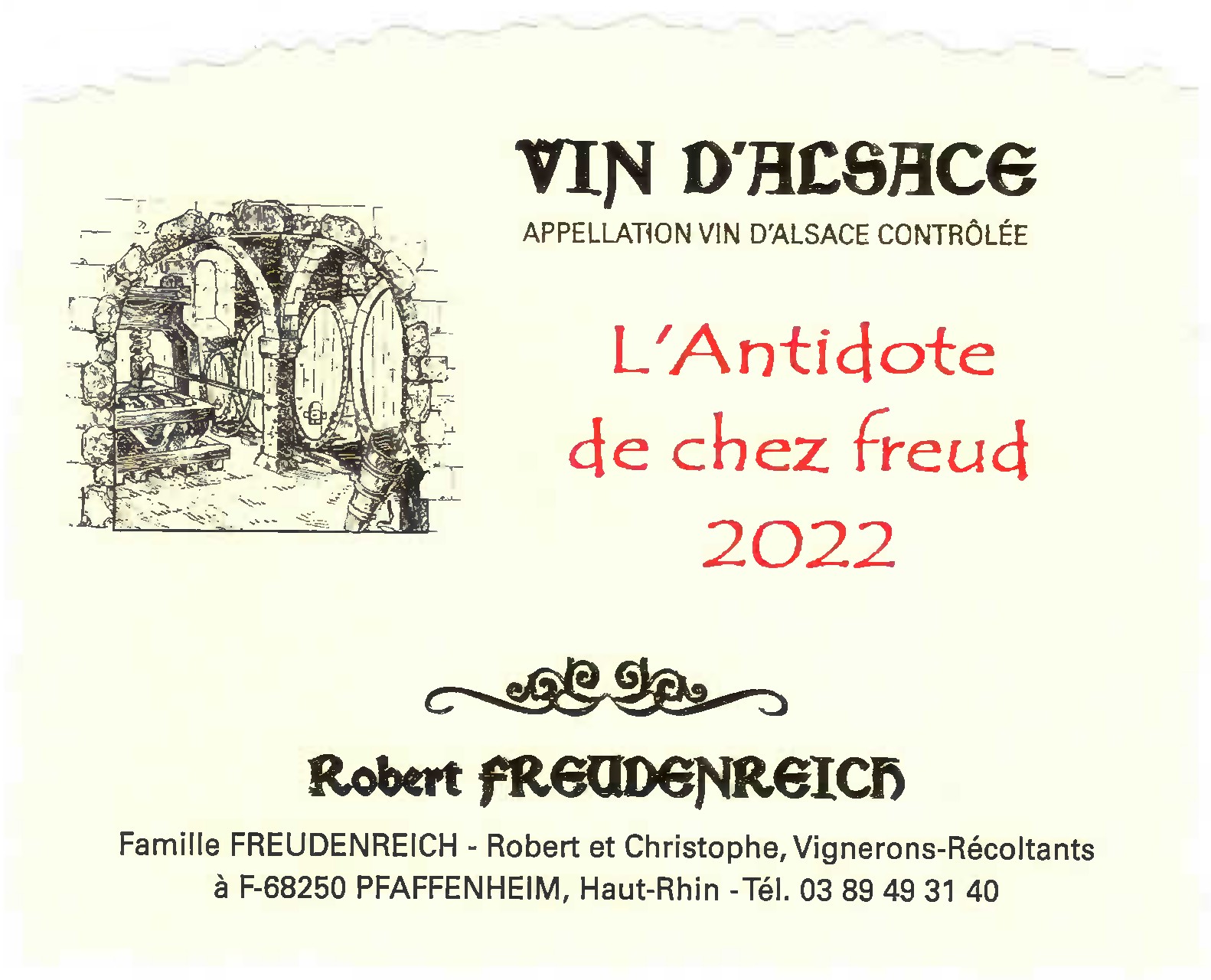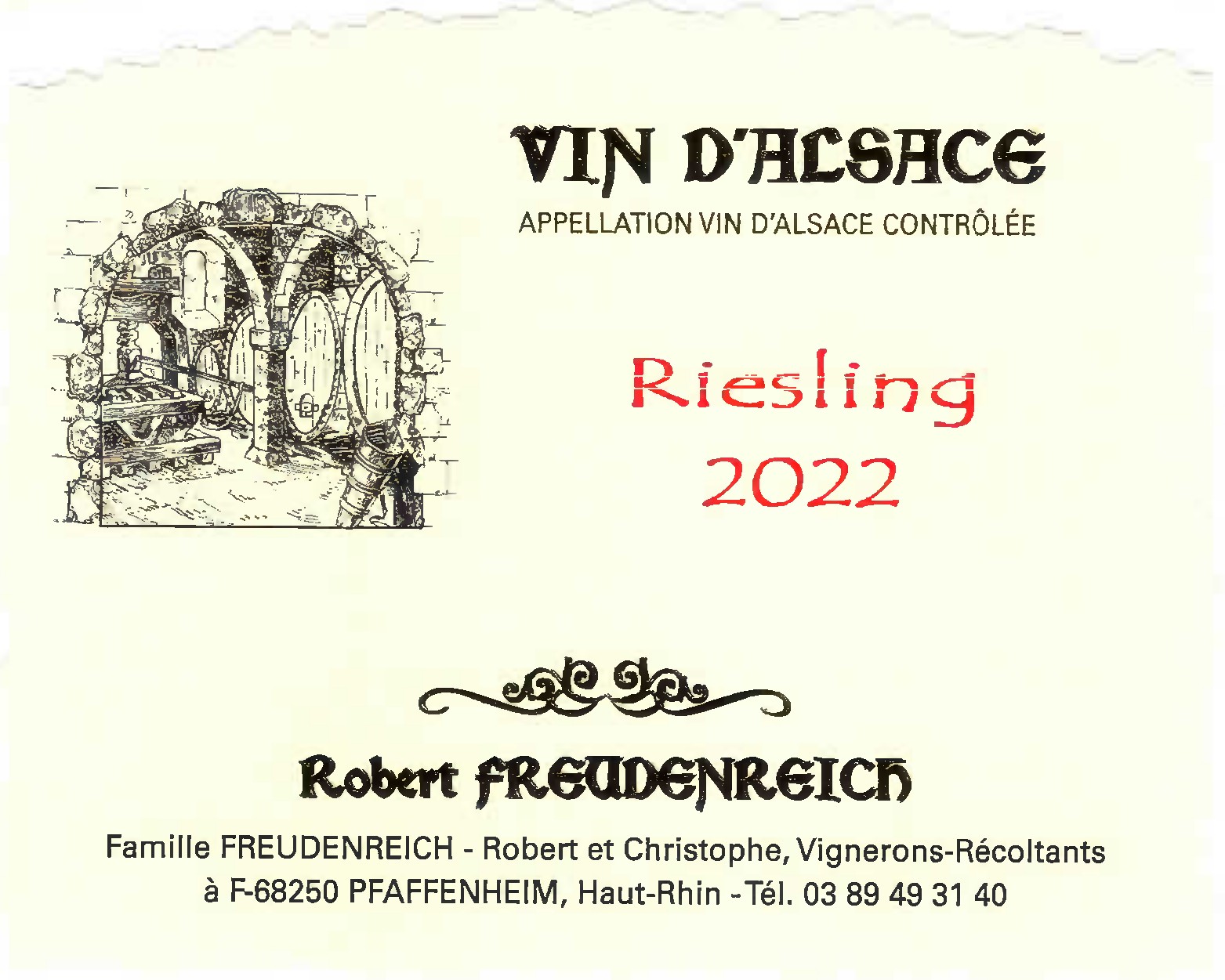Signature Crémant d'Alsace Wine Styles & Grape Varieties
- Pinot Blanc: soft and clean with gentle acidity; forms the base of most white Crémants.
- Auxerrois: smooths the blend with a mellow, rounded flavor.
- Riesling: adds zing with citrus and floral notes, enhancing structure.
- Pinot Gris: contributes body and spice, creating a richer profile.
- Chardonnay: offers elegance with delicate brioche-like flavors.
- Pinot Noir: provides red-berry flavors and structure, especially in rosé and Blanc de Noirs.
Crémant d'Alsace wines are typically Brut or Extra-Brut, characterized by fresh, fruit-driven flavors of green apple and pear, with crisp acidity and a lingering mousse. Rosé versions highlight cranberry and cherry flavors, offering dry and elegant profiles.
Terroir of Crémant d'Alsace
The Crémant d’Alsace vineyards, stretching from Marlenheim to the German border, thrive in a distinctly continental climate. This region experiences cold winters and warm, sunny summers, with minimal rainfall thanks to the protective Vosges rain shadow. Long daylight hours and significant temperature shifts between day and night allow grapes to develop full flavors while preserving their acidity, essential for sparkling wine freshness.
The diverse soils range from pink granite and volcanic rocks on the upper slopes to limestone and marl on mid-level terraces, and loess and gravel in the plains. While there isn't a single soil type defining Crémant, the selection of sites ensures balance and mineral richness. This terroir, combined with cool nights, imparts subtle saline or mineral notes and ripe orchard-fruit flavors, resulting in base wines that are concentrated and structured yet retain their finesse.
Notable Wineries in Crémant d'Alsace
Alsace's Crémant d’Alsace region is renowned for its sparkling wine, crafted by both artisanal and large-scale producers. Key players include:
- Domaine Jean-Claude Buecher: Esteemed for its precise cuvées, showcasing unique grape and terroir traits with extended lees aging.
- Dopff au Moulin: A historic name pivotal in popularizing traditional-method sparkling wines, consistently offering acclaimed bottles.
- Wolfberger and Maison Cattin: Family-run houses that have broadened the category's appeal, providing both dependable blends and premium selections.
Even still wine-focused estates produce limited Crémant batches, underlining its regional importance. All producers emphasize quality fruit selection, lees aging, and restrained dosage, enhancing Crémant d’Alsace’s global reputation.
Sustainable Winemaking in Crémant d'Alsace
Alsace stands at the forefront of sustainable wine production, with many Crémant producers championing organic and biodynamic practices. This region boasts one of France's highest rates of certified organic and biodynamic vineyards, driven by a commitment to eco-friendly viticulture.
Producers adhere to environmental certifications like HVE and Terra Vitis, focusing on reducing chemical inputs and conserving resources. Common practices include cover cropping, composting, and biological pest control. Strict quality regulations, such as limiting juice extraction, encourage careful vineyard management.
In the cellar, energy-efficient equipment and water recycling are standard, while gentle winemaking techniques preserve the purity of the wine. By prioritizing sustainability, Alsace's producers craft Crémant that reflects their unique terroir and dedication to the environment.
Wine Tourism in Crémant d'Alsace
Alsace's wine route offers a comprehensive look into the region's Crémant production. This 170 km path weaves through picturesque villages like Ribeauvillé and Eguisheim, known for their medieval charm and vibrant wine culture.
Visitors can explore by car or bike, stopping at tasting rooms to learn about the méthode traditionnelle. Many wineries, from large estates with modern visitor centers to intimate family-run operations, welcome guests for pre-booked tours.
Local cuisine, such as Choucroute Garnie and Tarte Flambée, pairs seamlessly with Crémant d’Alsace, enhancing the tasting experience. Annual events like the Colmar Wine Fair celebrate regional wines, while winter markets offer festive enjoyment of Alsatian sparkling wines. This wine route provides an immersive experience, combining scenic vineyard walks, historic village visits, and culinary delights for a full appreciation of Crémant d’Alsace.
